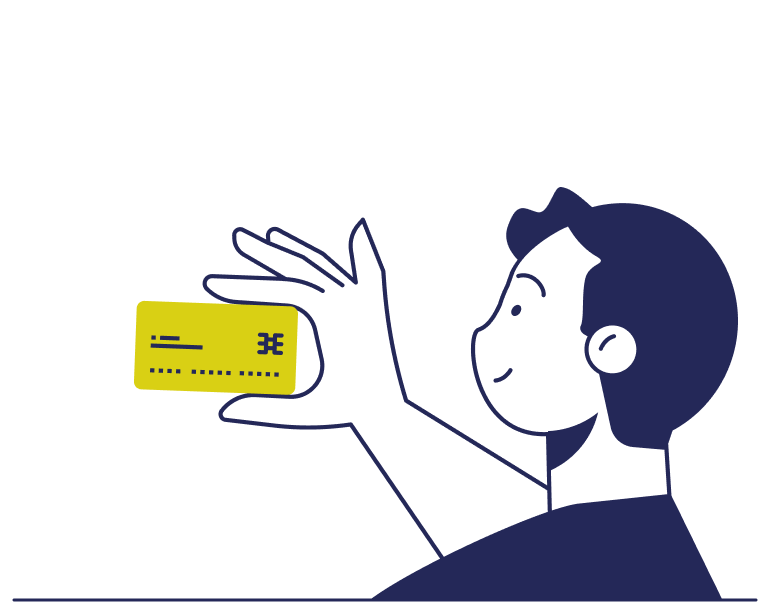Valuation Methodologies
D-One's business valuation tool uses eight (8) best-practice methodologies for startups and five (5) methodologies to assess established SMEs. While some methodologies are best suited for new startups, others are ideal for estimating the value of growing or established businesses. That is why we apply a weighted average matrix to represent the growth stage of any individual business.

Rationale for Weighted Average Matrix
In the early stages of a company when performance uncertainty is at its peak, qualitative information holds a significant level of importance. As a result, companies in the Idea and Development stages tend to place a higher value on qualitative methods. This is due to the need for a more comprehensive understanding of the potential of the business idea and its associated risks.
Throughout all phases of development, the perspective of investors remains equally significant; thus, the weight of the Venture Capital (VC) approach remains relatively consistent.
Quantitative data becomes increasingly dependable as a company advances through its stages of development and establishes a solid financial history. As a result, during the Expansion stage, quantitative methods are given greater importance in evaluating a company's performance.
D-One Valuation Methods
Qualitative Valuation Methods
The average (required for scorecard valuation) and maximum (required for checklist & stage valuations) are used. This approach determines the pre-money valuation of the target company by comparing it to similar angel-funded startups. The median and maximum valuations of recently funded companies in the region are adjusted and considered. However, it is important to note that such comparisons can only be made for startups that are in the same stage of development, specifically those that are pre-revenue or have only minimal revenue. The data for these startups was obtained through CrunchBase, which is one of the largest global data platforms for startups.

Venture Capital Method
The Venture Capital approach is commonly employed in the valuation of pre-revenue companies where it is feasible to predict the expected exit value after reaching specific benchmarks. Typically, this exit takes place within a timeframe of 3 to 7 years. The ROI can be calculated by evaluating the expected yield of the investment, taking into account the associated level of risk. Our data for startups was obtained through Capital IQ, which is a leading global repository of company information.

Market Comparable and Transaction Methods
The market comparable approach endeavors to calculate a valuation by analyzing the market capitalization of comparable publicly-traded companies. On the other hand, the comparable transaction method aims to value a firm by comparing it to another private company within a similar industry, taking into consideration various key metrics. Both methods rely on key ratios and multiples, such as earnings, sales, and R&D investments, to estimate a company's worth. These methods are primarily utilized for established, profitable companies. In order to gather data for startups, we utilized Capital IQ, a leading global data center for company information.

Discounted Future Cash Flows
The discounted cash flow (DCF) method is a way of evaluating the worth of an investment, which takes into account the expected future cash flows of the investment. This method is specifically applied to companies that have a demonstrated history of financial stability. To determine the potential return on investment, the investor must consider the expected level of return and associated risk for a mature and growing company operating in the relevant industry and country. The data for startups was obtained from capital IQ, a leading global provider of comprehensive company data.

Replacement Method
Businesses that are still in their development stages spend a sizable amount of capital trying to scale. With D-One's replacement method, we estimate how much capital has been spent in developing the business to the current stage and provide replacement in the form of a premium or discount.
